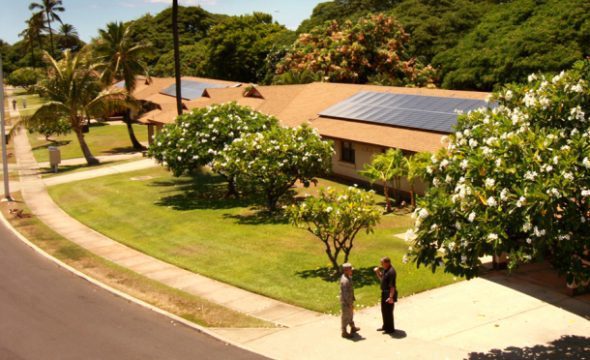The forgotten resource of Australian energy: That is you, the consumer, and your new home battery

Rachel Williamson
Sep 11, 2025
Battery, Policy & Planning, Renewables, Solar
Key Takeaways- Demand-side participation remains 'the forgotten half' of Australia's energy markets.
- Regulatory changes and political commitments have not adequately shifted focus towards consumers as real players in energy markets.
- The federal home battery rebate and rule changes by the Australian Energy Market Commission are creating opportunities for demand-side participation.
Despite two decades of households installing rooftop solar, and regulatory changes that try to give energy users a fighting chance to engage, demand-side participation is still “the forgotten half” of Australia’s energy markets.
A new report commissioned by the Energy Efficiency Council reveals that despite decades of reviews, commitments by regulators and states, and tentative promises by politicians to consider consumer energy resource owners as real players, old ideas that bias towards energy suppliers still hold sway.
But that may be about to change, thanks in part to the successful new home battery rebate, rule changes that incentivise demand response, and new commitments such as the Consumer Energy Resources Roadmap, according to the report, titled Unlocking the demand side in future energy markets.
“We’re at an important moment in which government, market bodies, industry and consumers are all taking a step back and considering how to set up our energy markets to drive efficient investment in a twenty-first century energy system,” Energy Efficiency Council CEO Luke Menzel said in a statement.
“To get the best outcomes for consumers we need to level the playing field between the demand side and the supply side of our energy system, and we need to ensure emerging participants and business models are allowed to compete with incumbents.”
But getting there still requires extra work that builds on the recent NEM Review.
The report makes a series of recommendations that include how energy spot markets could be changed, to targeting subsidies that encourage consumers to participate in demand-side schemes, such as the virtual power plant requirement in the federal battery rebate.
“Unfortunately, current subsidy programs are ill-suited to a system with high levels of renewable energy, especially as they fail to account for time-of-day energy consumption,” wrote the authors of the report Gabrielle Kuiper and Dylan McConnell.
“The best use of out-of-market subsidy schemes would be to re-orient them to accelerate and embed flexibility into household and business electrification.
“Solar Victoria provides a model for how a state administered subsidy scheme has supported electrification with quality appliances, audits for compliance and enforcement measures and the provision of information for consumers.”
To achieve these, home subsidies would be better directed to hot water systems and pool pumps with in-built flexibility, heat pumps, and the still politically-toxic home insulation.
Just having dynamically-managing hot water systems could unlock savings of $6.7 billion a year by 2040 and add 22 gigawatt (GW) of flexible demand to the energy system, Kuiper says in a separate analysis for IEEFA.
For industrial sites, they could be directed in similar areas such as flexible hot water systems and industrial heat pumps, line upgrades in factories, and upgrading cooling systems at refrigeration sites.
The ideal would be a national scheme with a national registry of approved devices.
Other recommendations include a DER (distributed energy resource) technical regulator and supercharging the kind of open data protocols that allow devices to talk to third parties that Victoria and South Australia have pioneered
reneweconomy.com.au |





